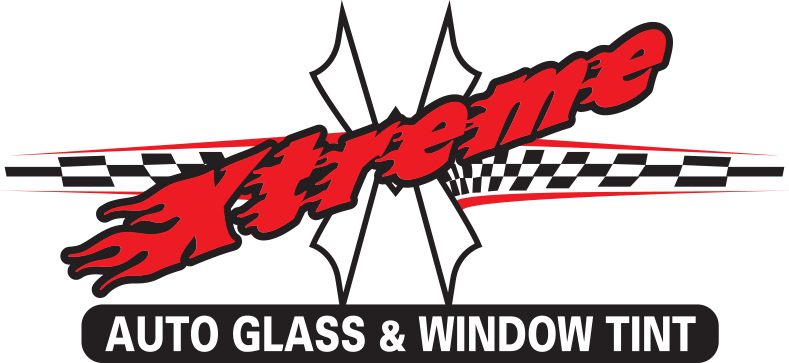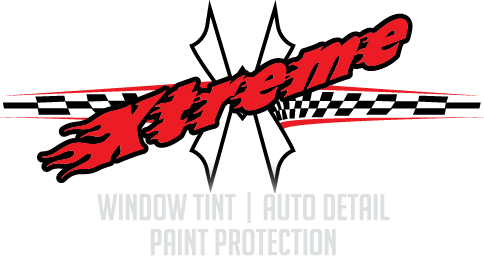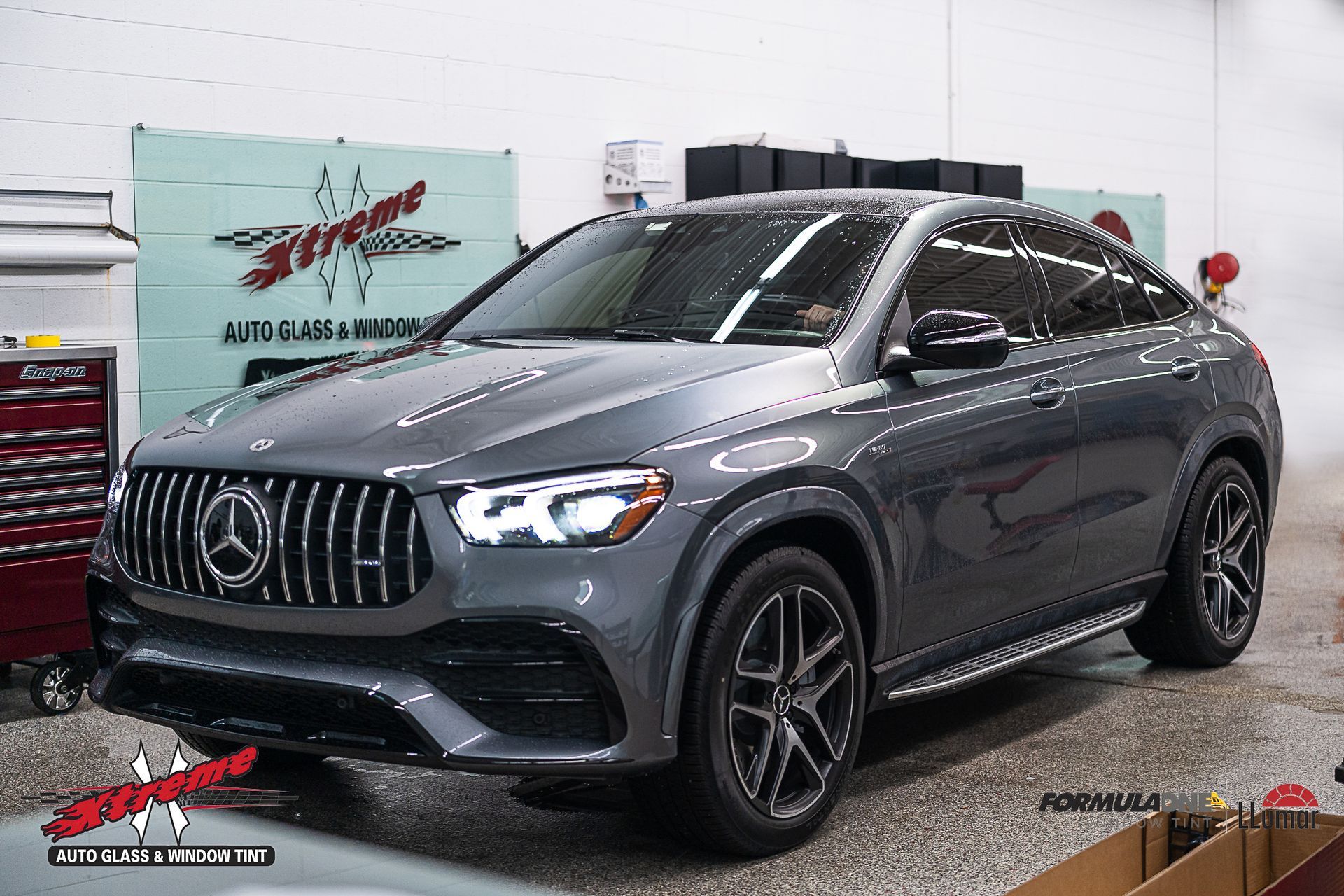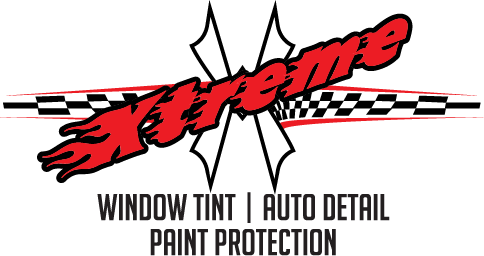Why Ceramic Coatings Fail Prematurely in Illinois: Understanding Microfracturing and How to Prevent It
Ceramic coatings are known for their impressive durability, deep gloss, and long-lasting protection, but many vehicle owners are surprised when their coating begins to fail far sooner than expected. Instead of delivering years of shine and hydrophobic performance, the coating may start to show dullness, rough spots, weak water beading, or patches that no longer repel contaminants. These early signs of failure often trace back to one silent culprit: microfracturing.
Microfracturing refers to the tiny cracks that form within a ceramic coating due to stress, poor installation, harsh weather, and insufficient maintenance. These cracks are usually invisible to the naked eye, but they slowly undermine the coating’s ability to protect your vehicle. In areas like Addison, Glendale Heights, Elmhurst, Schaumburg, Wheaton, Glen Ellyn, Oakbrook, and Carol Stream, environmental conditions make this type of damage even more common.
This article explains why ceramic coatings fail prematurely, how microfractures form, signs to watch for, and what you can do to extend the life of your coating. It also highlights why
professional installation from a trusted local shop like Xtreme Window Tint and Glass is essential for achieving long-lasting results.

What Causes Ceramic Coating Failure
Ceramic coating failure rarely happens overnight. It is typically the result of a combination of installation errors, environmental stress, and everyday wear that gradually weakens the coating over time. Understanding the primary causes of failure can help you protect your investment and avoid expensive repairs later.
Improper Surface Preparation
The number-one cause of premature ceramic coating failure is inadequate surface prep. Many people underestimate how sensitive coatings are to dirt, oils, polishing compounds, and microscopic debris left on the paint. When a coating is applied over a contaminated surface, it cannot bond properly. This leads to peeling, patchiness, and weak adhesion that makes the coating prone to breaking down long before it should.
Proper prep includes washing with pH-neutral soap, removing embedded contaminants with a clay bar, and performing a polishing step to correct minor scratches. Skipping or rushing these steps creates a fragile foundation that no premium ceramic brand can overcome.
Bad Application Conditions
Temperature, humidity, and environmental conditions during installation play a major role in the coating’s outcome. Ceramic coatings must be applied within a specific temperature range, usually between 60 and 80 degrees Fahrenheit. When coatings are applied in extreme heat, cold, or fluctuating temperatures, curing becomes inconsistent. This results in weak areas prone to cracking, uneven bonding, and spots that fail early.
Illinois weather is especially unpredictable. Even on days that seem suitable, sudden temperature drops or spikes can impact the curing process. Professional shops control their indoor environment to make sure the coating cures consistently across every panel.
Insufficient Curing Time
Ceramic coatings should not be exposed to rain, washing, or moisture for at least 12 to 24 hours after application. This curing window allows the coating to harden and build the chemical structure needed for durability. Rushing this process leaves the coating soft and vulnerable. When water or contaminants touch a freshly applied coating too early, they can disrupt the bonding process and create weak points that eventually turn into microfractures.
Harsh Cleaning Products
Many coatings fail early due to improper washing habits. Automatic car washes with stiff brushes, abrasive chemicals, or harsh detergents scratch, dull, and wear away ceramic coatings. Even a few aggressive cleanings can strip the coating’s hydrophobic properties and reduce its lifespan. Coated vehicles require gentle washing with pH-neutral soaps and soft microfiber towels to avoid damaging the surface.
Environmental Stress
Weather-related stress is one of the biggest contributors to microfracturing. Vehicles in Illinois face constant temperature swings, freezing nights, hot afternoons, and high humidity levels throughout the year. These conditions make the ceramic layer expand and contract repeatedly. Over time, this repeated thermal cycling produces tiny cracks in the coating.
Additionally, UV radiation from sunlight slowly weakens the coating’s chemical bonds. Acid rain, road salt, and industrial pollutants common in cities like Addison, Schaumburg, and Carol Stream also accelerate deterioration. Each environmental factor chips away at the coating’s protective abilities until visible failure begins to appear.
How Environmental Conditions in Illinois Accelerate Coating Failure
Ceramic coatings are strong, but they are not invincible. Local climate conditions in the Chicagoland area create challenges that vehicle owners may not realize are impacting their coating.
Temperature Fluctuations and Humidity
In Illinois, it’s normal for temperatures to swing dramatically between day and night. When your vehicle sits outside during cold nights and heats up during the day, the ceramic coating expands and contracts along with the surface beneath it. This constant cycle causes internal stress, eventually creating microcracks that grow over time.
High humidity adds even more stress. When humidity levels exceed 80 percent, moisture begins to penetrate the coating at a molecular level, weakening its structure and making it more susceptible to cracking.
UV Damage
Sunlight slowly breaks down the chemical bonds that give ceramic coatings their hardness. After months of UV exposure, the coating becomes less able to resist scratches, stains, and contaminants. This is especially noticeable on vehicles that park outdoors regularly.
Acid Rain and Urban Pollutants
Acid rain is especially harmful to ceramic coatings. With pH levels commonly between 4.0 and 5.0, it chemically breaks down the outer layer of the coating and reduces its thickness. In addition, urban pollutants like sulfur dioxide and nitrogen oxides cause surface etching and stress the coating further.
Road Salt and Winter Conditions
During Illinois winters, salt spray and frozen slush attach to the vehicle’s surface. Salt not only eats into metal but also reduces the adhesion strength of coatings. Prolonged exposure can lead to dulling, roughness, and early breakdown.
Common Application Mistakes That Cause Early Coating Failure
Beyond environmental factors, many of the most common ceramic coating problems stem from application errors. Even high-quality coatings will fail prematurely if installed incorrectly.
Incorrect Layering
Ceramic coatings must be applied in thin, even layers. If the product is applied too thick, solvents become trapped beneath the surface and create weak spots. If applied too thin, the coating cannot offer adequate protection. Precision layering requires experience, patience, and professional-grade tools.
Rushing the Drying or Flashing Process
When installers rush through the flashing stage, the coating may cure unevenly. Some areas harden too quickly while others remain soft. This inconsistency leads to future cracking, roughness, and early drilling of microfractures.
Using the Wrong Tools or Towels
Cheap microfiber towels, dirty applicators, and improper polishing pads can introduce contaminants or create scratches during installation. These small defects disrupt the coating’s chemistry and make the coating more vulnerable to environmental damage later.
Skipping the Panel-by-Panel Approach
Ceramic coatings behave differently depending on humidity and temperature. Working in large sections increases the risk of some areas drying too quickly while the installer is still applying product elsewhere. Professional installers coat smaller sections at a time to ensure an even, consistent cure.
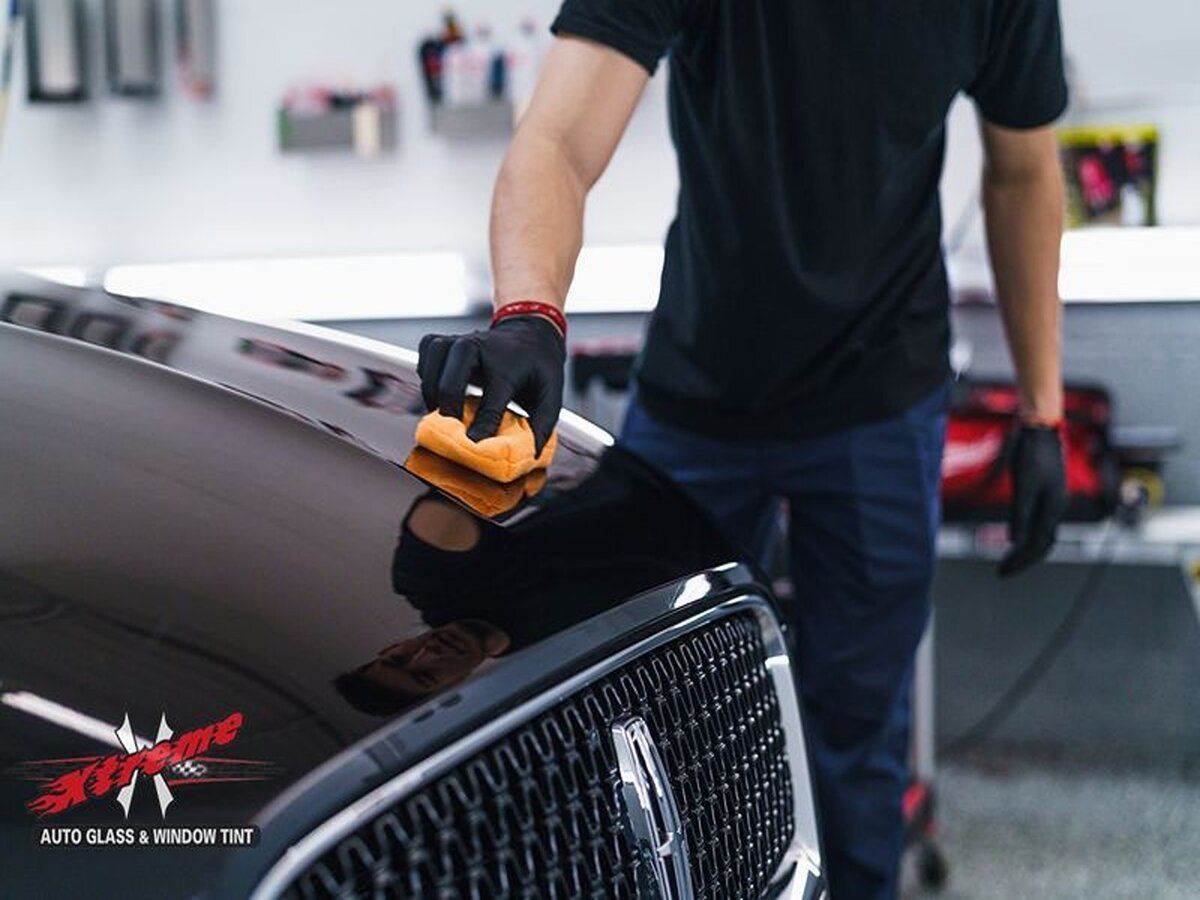
What Microfracturing Is and Why It Matters
Microfracturing is often the silent enemy behind coating failure. These microscopic cracks form within the ceramic layer, usually beginning as tiny stress fractures. Although small, they gradually expand and multiply, compromising the entire protective layer.
Why Microfractures Form
Microfractures develop due to repeated cycles of expansion and contraction, UV exposure, harsh chemicals, physical abrasion, and poor installation. When the ceramic coating and painted surface beneath it expand at different rates, tension builds and eventually causes cracks to appear.
Once these microcracks form, water, dirt, debris, and chemicals can seep into them. Over time, this leads to dullness, rough texture, staining, and loss of hydrophobic performance.
The Sneaky Part
Microfractures are nearly impossible to see when they first form. Your coating may still look shiny and smooth for months. But subtle early warning signs often begin to appear before the coating visibly fails.
Early Signs of Ceramic Coating Failure
Recognizing the early symptoms of coating deterioration can help you act before the problem worsens.
Loss of Water Beading
This is the most common and easiest-to-spot sign. Once water begins clinging to the surface instead of forming beads, the coating’s hydrophobic layer is breaking down.
A Rough or Sticky Texture After Washing
Running your hand gently across the paint can reveal texture changes. A coated vehicle should feel smooth and glass-like. Roughness suggests contaminants are sticking due to weakened protection or cracks forming beneath the surface.
Cloudy or Hazy Spots
Dull, hazy patches usually indicate compromised areas where microfractures have formed or where UV damage has weakened the coating.
Dirt Clings More Easily
Coated vehicles normally repel dirt and contaminants. If you find yourself needing to wash your vehicle more frequently just to keep it looking presentable, the coating is losing its protective abilities.
Early Failure Within 3 to 9 Months
If you notice these symptoms within the first year of installation, improper prep, poor application, or rushed curing are likely to blame.
How to Restore a Failing Ceramic Coating
Once a ceramic coating begins to fail, proper restoration can help recover the protection and appearance of your vehicle. Here are the steps professionals typically follow.
Step 1: Deep Cleaning
The vehicle is washed thoroughly using pH-neutral soap to prevent additional stress to the coating. This removes surface dirt and prevents contaminants from getting trapped beneath new layers during repair.
Step 2: Paint Decontamination
A clay bar treatment removes embedded debris, industrial fallout, and microscopic contaminants that washing alone cannot eliminate. This step ensures the paint is perfectly clean and ready for deeper correction.
Step 3: Polishing and Correction
Polishing smooths the paint, removes damaged coating layers, and eliminates small scratches. This creates a flawless surface for new coating to adhere to and prevents defects from being sealed beneath a fresh layer.
Step 4: Reapplication of High-Quality Ceramic Coating
Once the paint is fully prepped, a premium ceramic coating is applied in controlled conditions. The coating must cure for 12 to 24 hours before exposure to moisture to develop its full strength.
Step 5: Regular Maintenance
Booster sprays applied every two to three months help extend the coating’s lifespan, repair minor wear, and restore hydrophobic performance. Gentle washing with pH-neutral cleaners is essential to prevent future breakdown.
How to Protect Your Ceramic Coating for the Long Term
Proper care is the key to reducing microfractures and preserving your coating.
- Wash regularly with gentle soaps
- Avoid drive-through car washes
- Use microfiber towels designed for coated vehicles
- Park in covered or shaded areas when possible
- Apply booster sprays regularly
- Avoid harsh chemicals and acidic cleaners
Think of ceramic coating not as a one-time fix but as a partnership between the installer and the owner. With proper maintenance, coatings can last years and keep your vehicle looking stunning.
Why Professional Installation Matters
Choosing an installer with the right training, environment, and tools makes a dramatic difference. At Xtreme Window Tint and Glass, certified technicians use high-end ceramic coating systems, climate-controlled bays, and proven application techniques to ensure the coating bonds securely for long-term durability. Whether you're in Addison, Glendale Heights, Schaumburg, Wheaton, Glen Ellyn, Elmhurst, Oakbrook, or Carol Stream, professional installation helps protect your investment and ensures your coating performs as advertised.
For expert ceramic coating application or restoration, visit xtremewindowtintil.com or call (630) 626-5125.
Frequently Asked Questions About Ceramic Coating Failure
What causes ceramic coating to fail early?
Most coatings fail early due to improper prep, rushed application, harsh cleaning habits, or environmental factors such as UV exposure, temperature swings, and humidity.
How can I tell if my ceramic coating is failing?
Common signs include weakened water beading, rough texture, cloudy patches, and dirt sticking more easily.
Can microfractures be repaired?
Yes. Professional correction, polishing, and reapplication can restore the coating’s performance.
How long should a properly installed coating last?
With proper maintenance, professional coatings can last several years, even in harsh climates like Illinois.
Is professional installation worth it?
Absolutely. Professional installers eliminate the risk of prep mistakes, curing issues, and uneven application that often lead to early coating failure.
